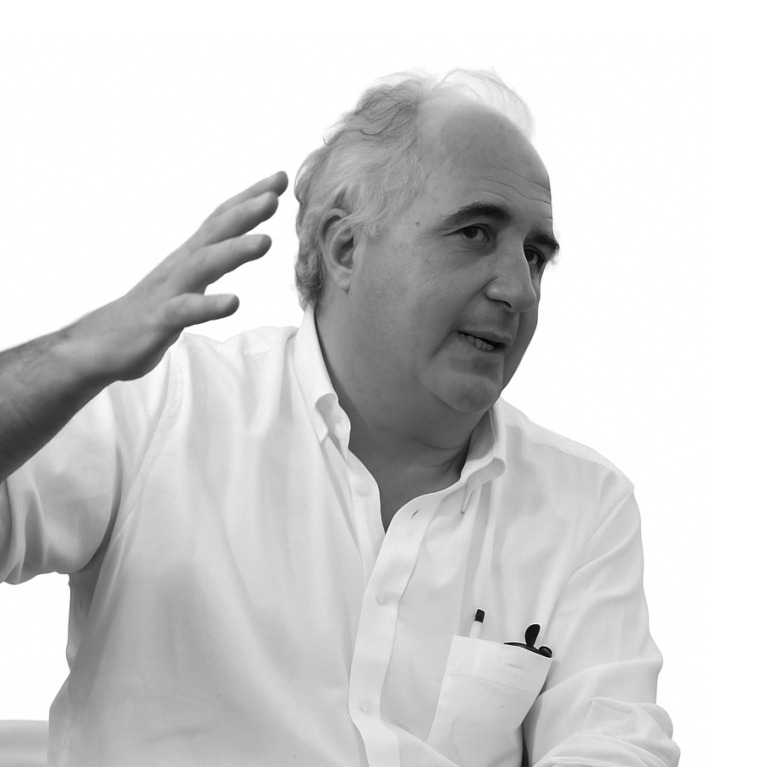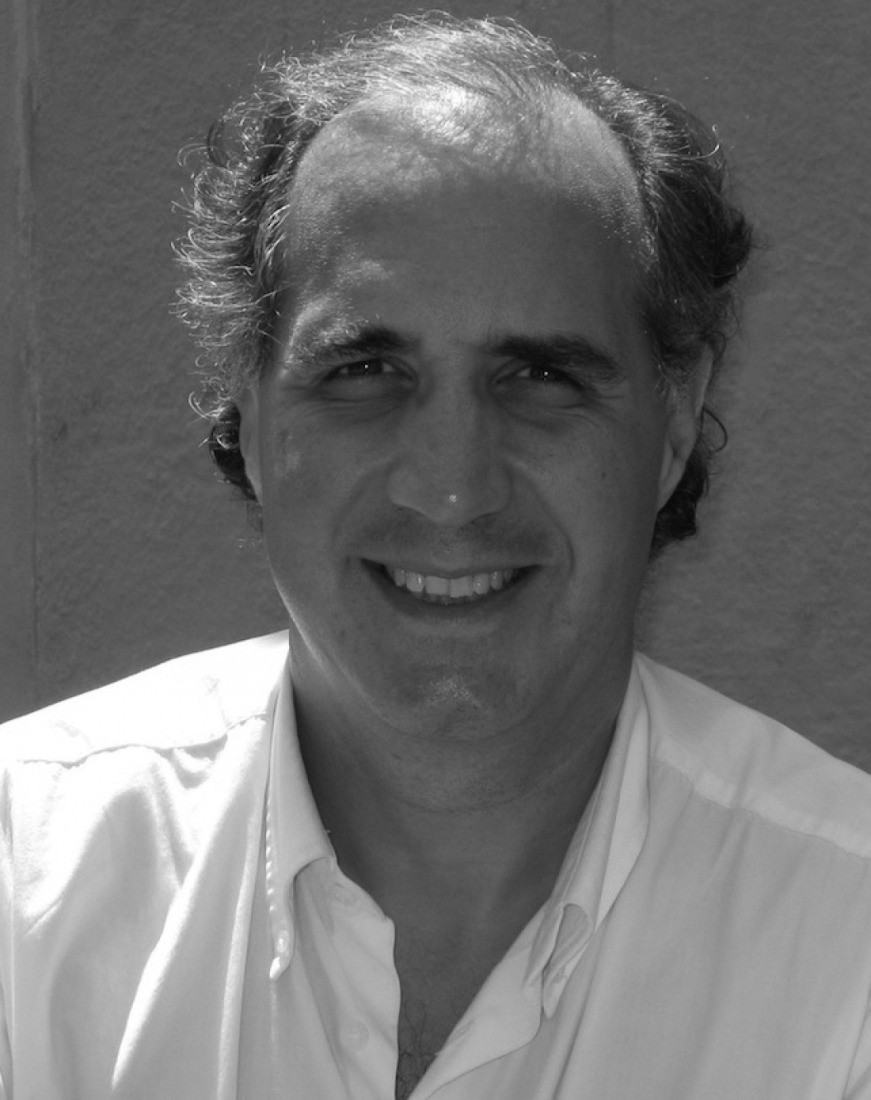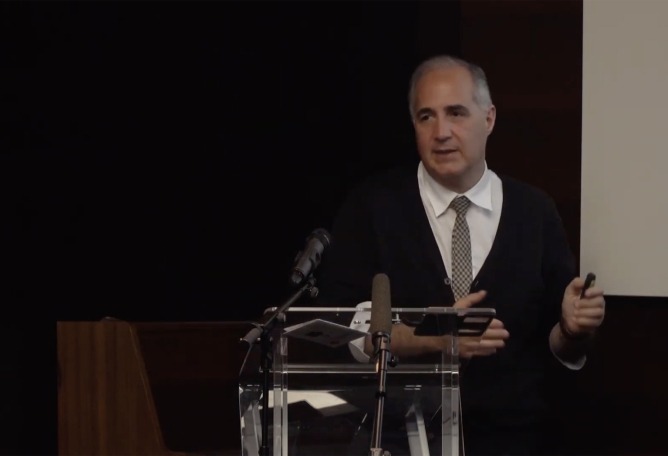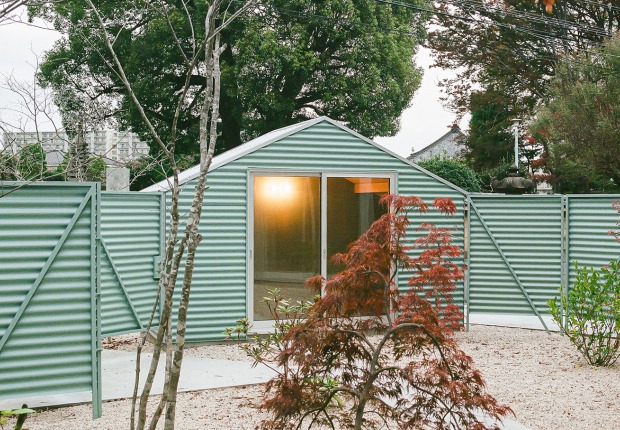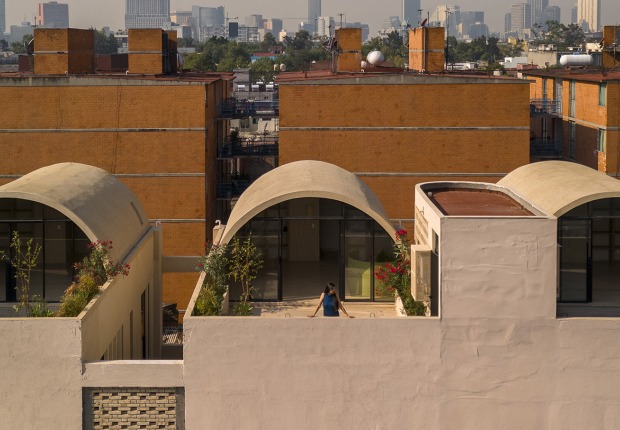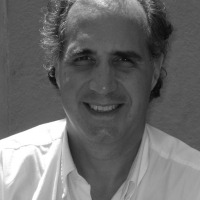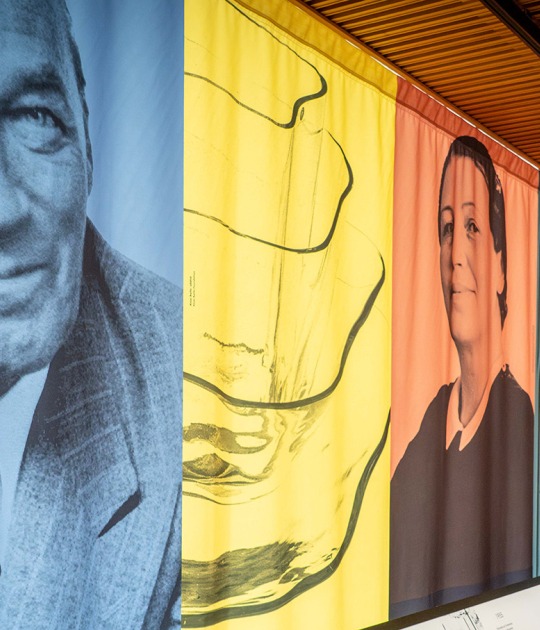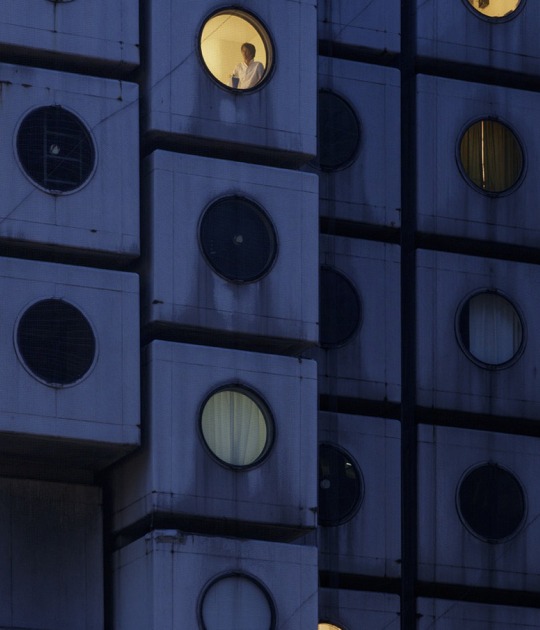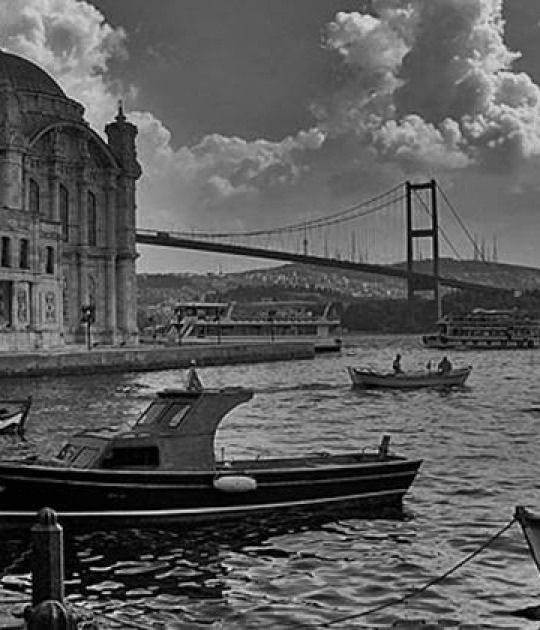Gausà was part of the generation of Spanish architects who, after the democratic transition, projected themselves internationally not only through professional practice but also through publishing, theory, and teaching. His role as co-founder of Actar placed him at the core of a movement that renewed the channels of architectural dissemination in the 1990s, in parallel to what magazines and publishers such as AA Publications in London or Gustavo Gili in Barcelona were doing.
His avant-garde attitude also allowed him to serve as Vice President of the Consell Assessor per al Desenvolupament Sostenible of the Generalitat of Catalonia, without neglecting an intense academic involvement, which began as an associate professor between 1995 and 2000 at the ETSAB and continued as a researcher and professor, coordinating an urban research laboratory at the School of Architecture of the Università degli Studi di Genova (Italy), where he also directed the doctoral group and where he had been a professor since 2008.
His work in Genoa enabled him to establish a laboratory that served as a bridge between Spanish and Italian research, at a time when the internationalisation of architectural teaching was not yet a widespread phenomenon.
Gausà, always open to invention, was proactive and allowed himself to be influenced by all the sciences that could bring dynamic energy to architecture, such as physics, technology, biogenetics, literature, or philosophy, fostering critical perspectives on urbanism and architecture, and advocating for the city and the territory. His interest in linking architecture and science can be seen as an early approach to the concept of the “hybrid” and the “emergent,” notions that are now at the centre of debates on the city, sustainability, and complexity. This makes him a key reference in the transition from analogue to digital architecture in Spain.
Much of his writing and projects are embedded in the discussion on the dispersed city and metropolitan territories, paving the way for a critical vision that goes beyond the dichotomy between the traditional compact city and suburban sprawl. This approach connects him to European debates on new urban forms (France, Italy, the Netherlands), in which Spain had not previously had such an active presence.
Among his most notable publications are Housing: nuevas alternativas, nuevos sistemas, the Diccionario Metápolis de arquitectura avanzada, HiperCatalunya: territorios de investigación, Vivienda: nuevas alternativas, nuevos sistemas, and Barcelona: guía de arquitectura moderna. Beyond his personal publications, his work at Actar transformed the way architects in the Spanish-speaking world engaged with theory, criticism, and projects, establishing an editorial model that was later replicated in other contexts. He was awarded the Medal of the Académie d’Architecture in France in 2000. He carried out numerous international projects and competitions, including the co-curatorship of the Spanish Pavilion at the II Rotterdam Architecture Biennale 2008, Plaza Pablo Picasso in Montornès, the Arrahona housing development in Sabadell, and the Wood Houses in Nantes (France).
His absence, for friends and for everyone, is especially felt not only for what he did, but for the hopes and projects he shared that were yet to come, which we discussed in April in Genoa or just a month and a half ago in a thesis committee in Madrid.
